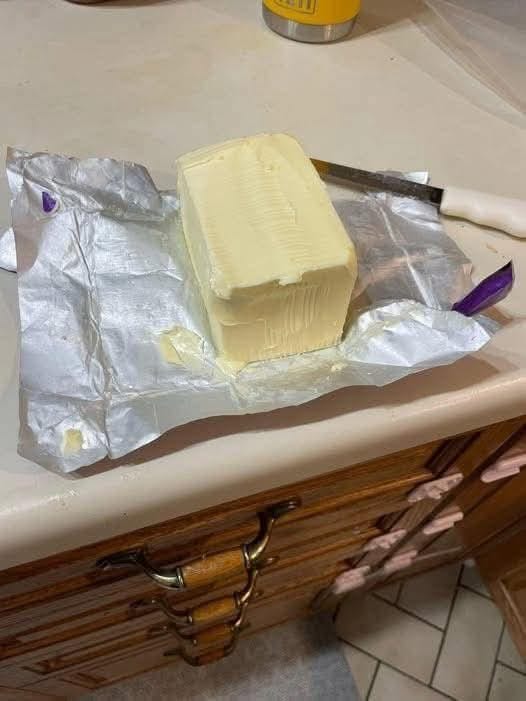Butter left at room temperature is soft, spreadable, and perfect for slathering on toast or melting into recipes. Refrigerated butter, on the other hand, can be hard and difficult to work with unless you plan ahead. For convenience, many households keep butter in a covered dish on the counter—but is this practice safe?
Is It Safe to Leave Butter Out?
The short answer: Yes, but with some caveats.
Butter is unique because it contains a high percentage of fat (about 80%) and very little water, which makes it less hospitable to bacteria compared to other dairy products like milk or yogurt. This means that butter is less likely to spoil quickly when left out at room temperature. However, there are factors to consider:
1. Salted vs. Unsalted Butter
Salted Butter : Salt acts as a natural preservative, making salted butter more resistant to spoilage. It can safely stay on the counter for up to a week if stored properly.
Unsalted Butter : Without the preservative effects of salt, unsalted butter is more perishable and should ideally be refrigerated or frozen for long-term storage.
2. Temperature Matters
Butter is safe to leave out if your kitchen stays below 70°F (21°C) . In warmer environments, butter can soften too much or even melt, creating conditions where bacteria may grow.
3. Air Exposure
Butter left uncovered is more susceptible to picking up odors from the environment or going rancid due to oxidation. Always use a covered butter dish to protect it from air and light.
How to Safely Store Butter on the Counter
If you decide to leave butter on the counter, follow these guidelines to ensure safety and freshness:
Use a Covered Butter Dish : A ceramic or opaque butter dish shields the butter from light, air, and contaminants.
Limit the Amount : Only leave out the amount of butter you’ll use within a few days. Keep the rest refrigerated or frozen.
Check for Spoilage : Signs of spoiled butter include an off smell (sour or rancid), discoloration (yellow turning to gray or white spots), or mold growth. If in doubt, toss it.
Continued on next page 👇(page 2)👇
